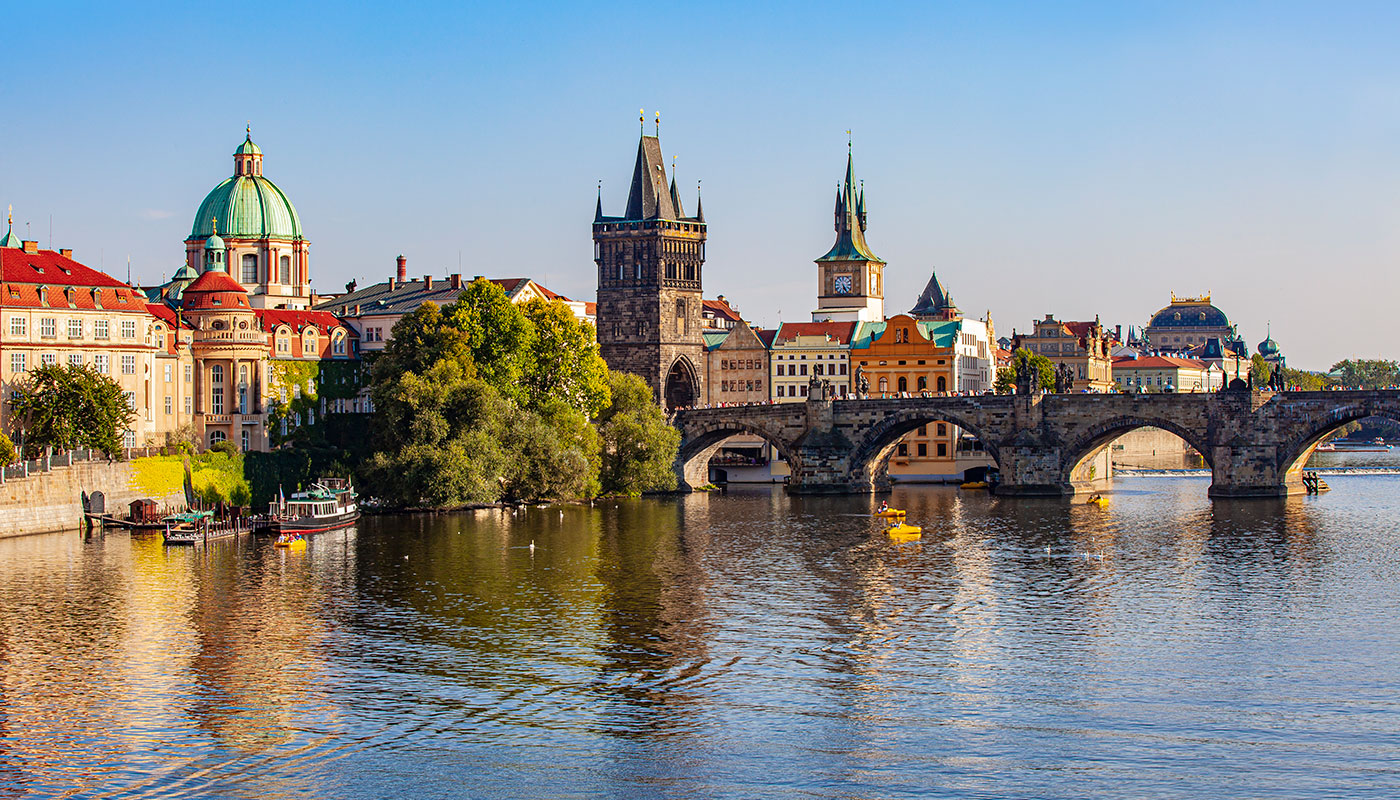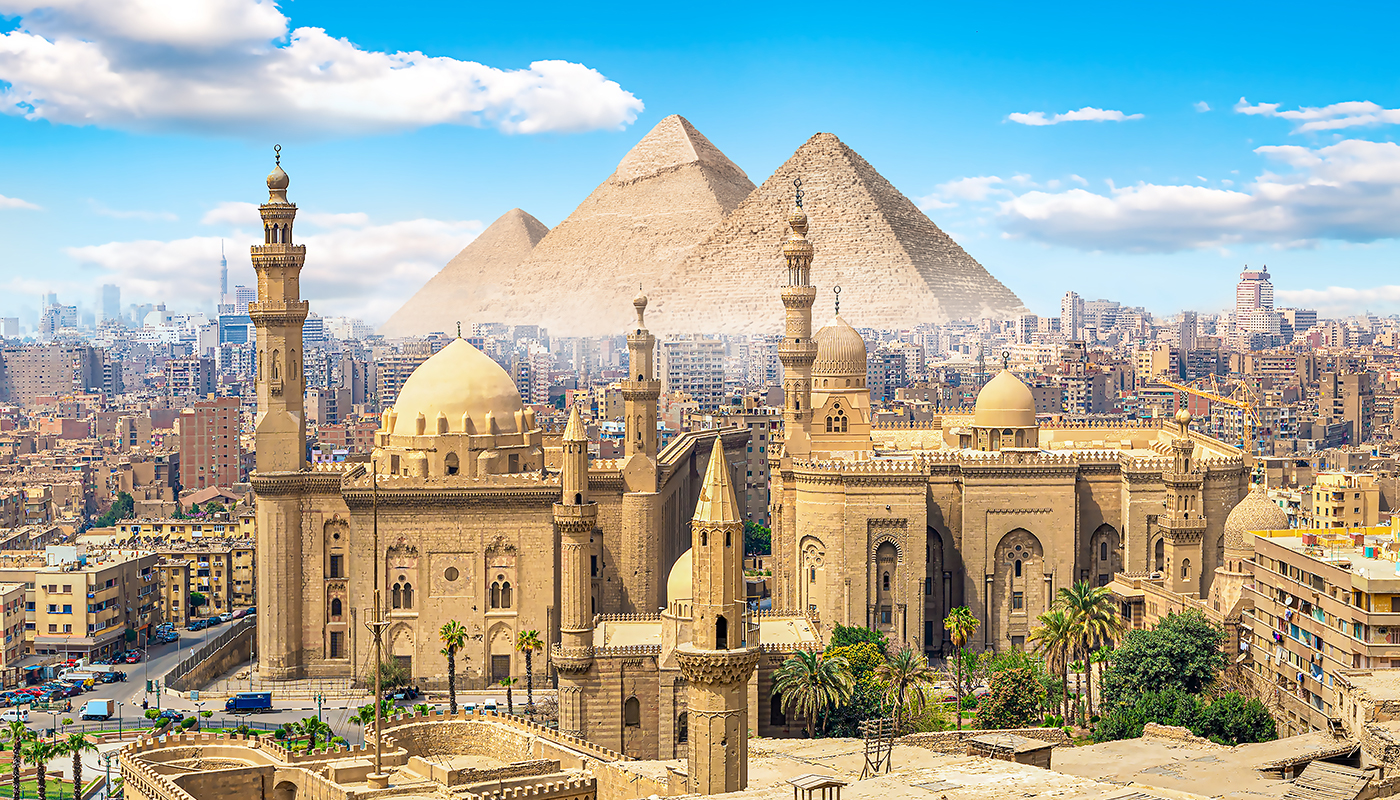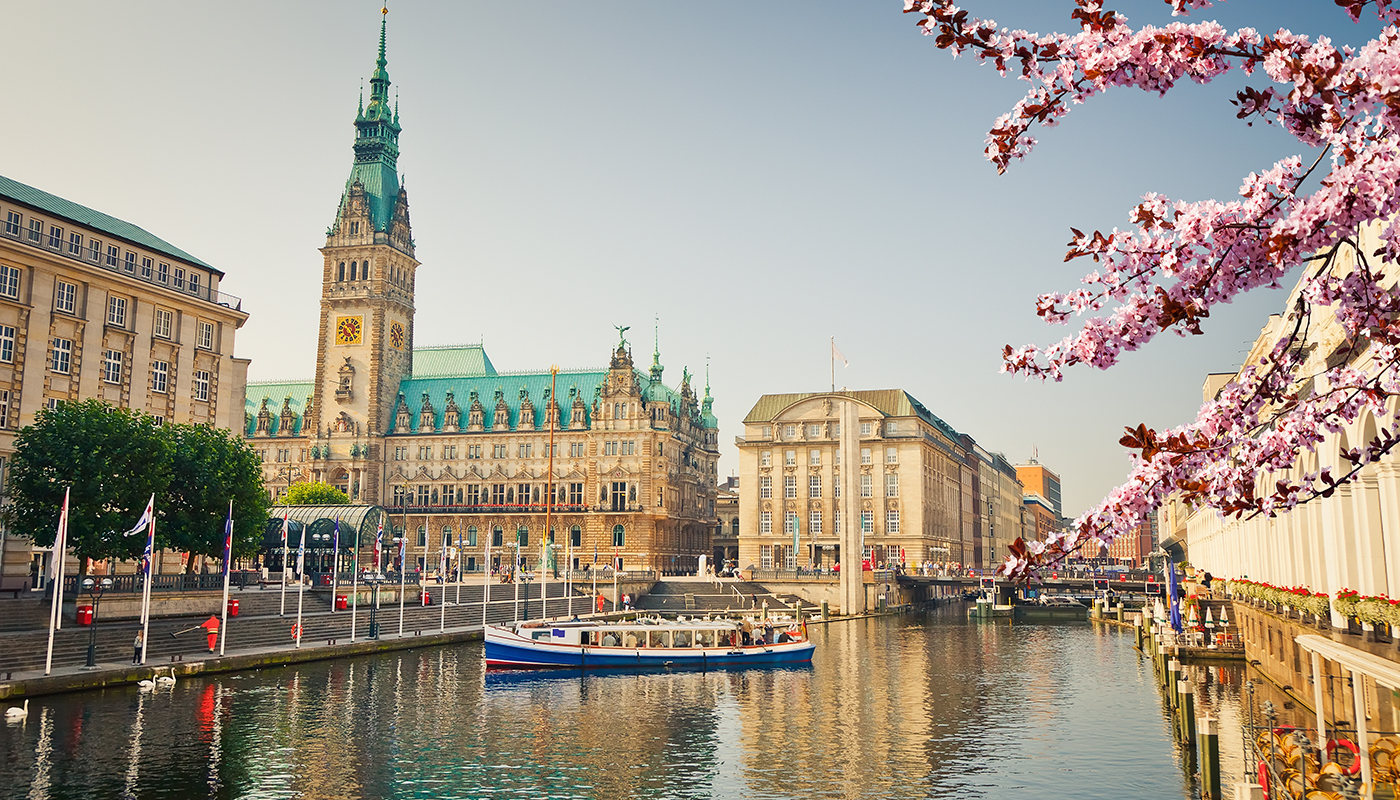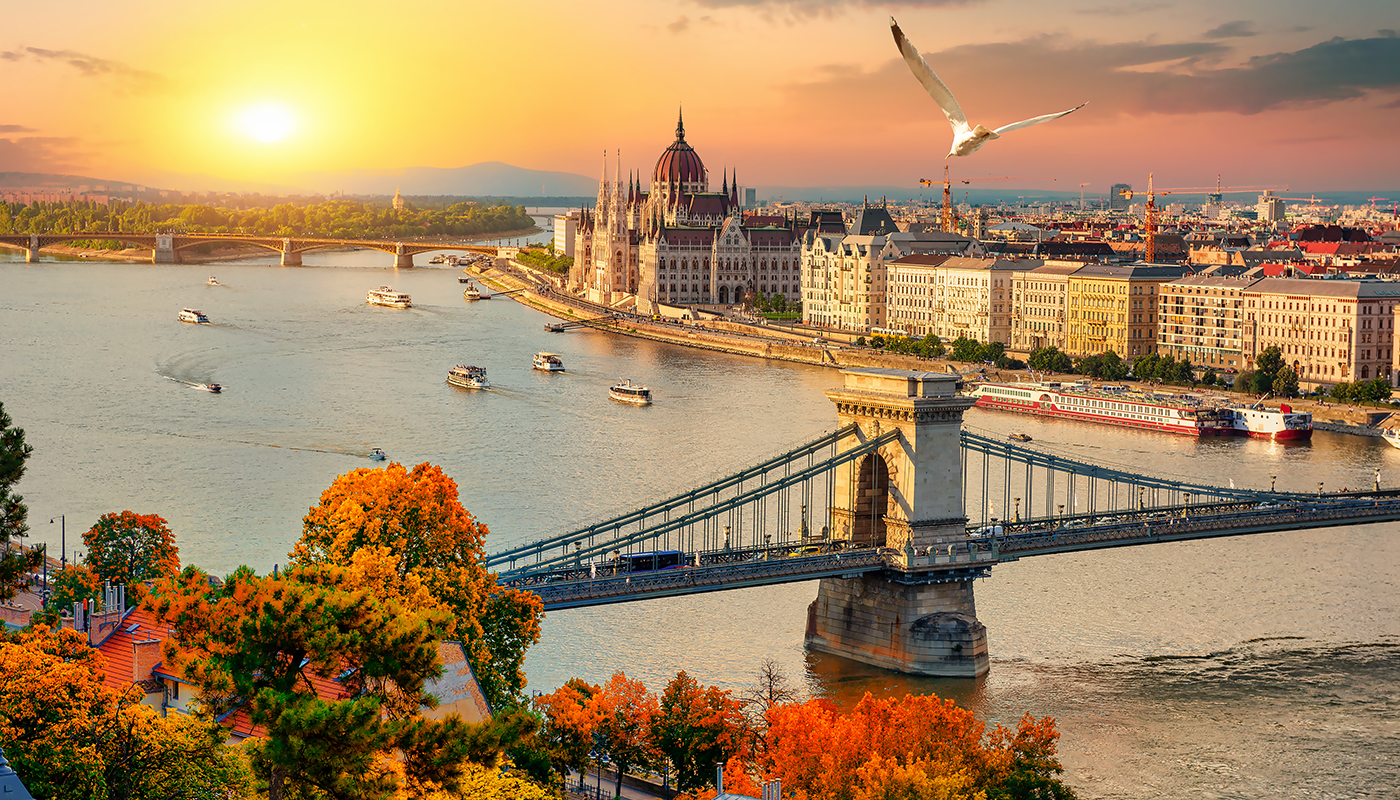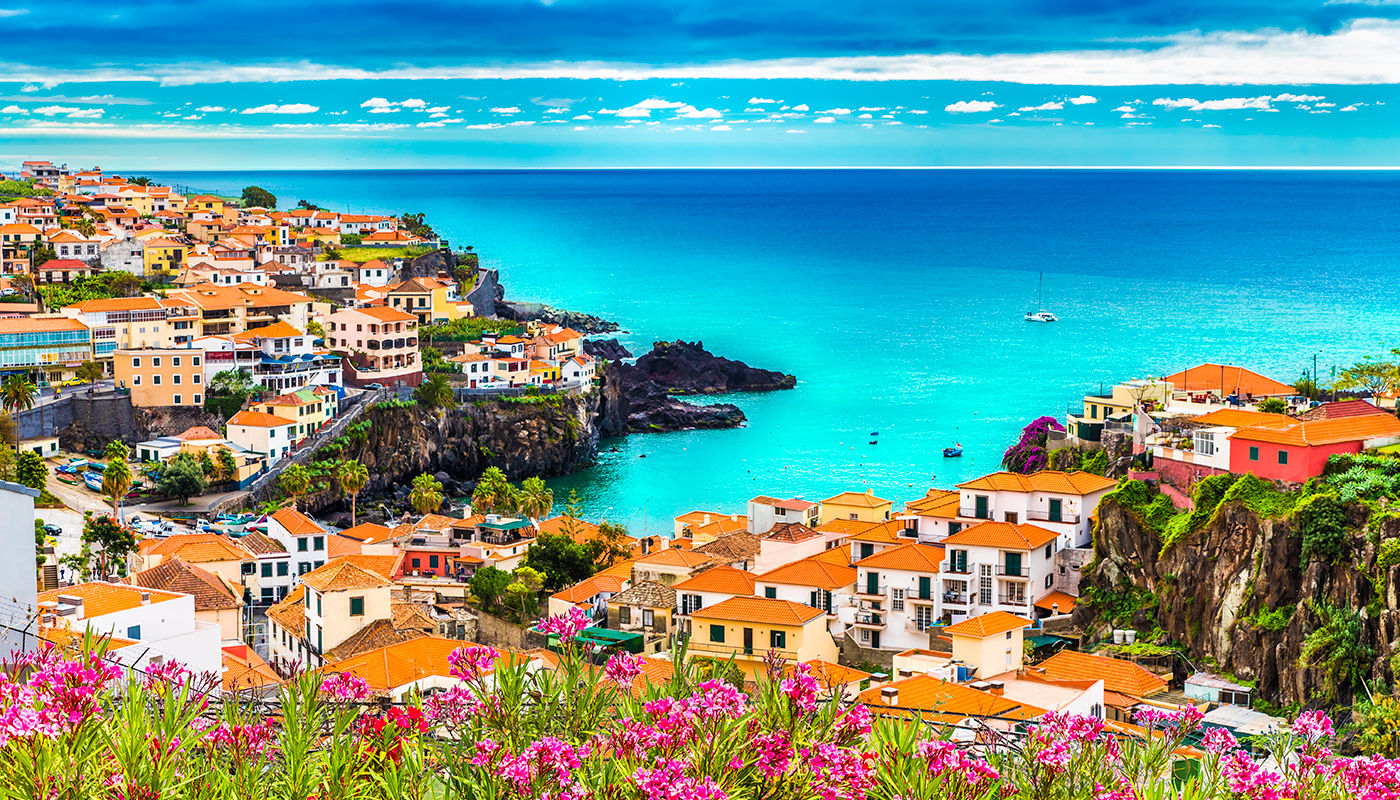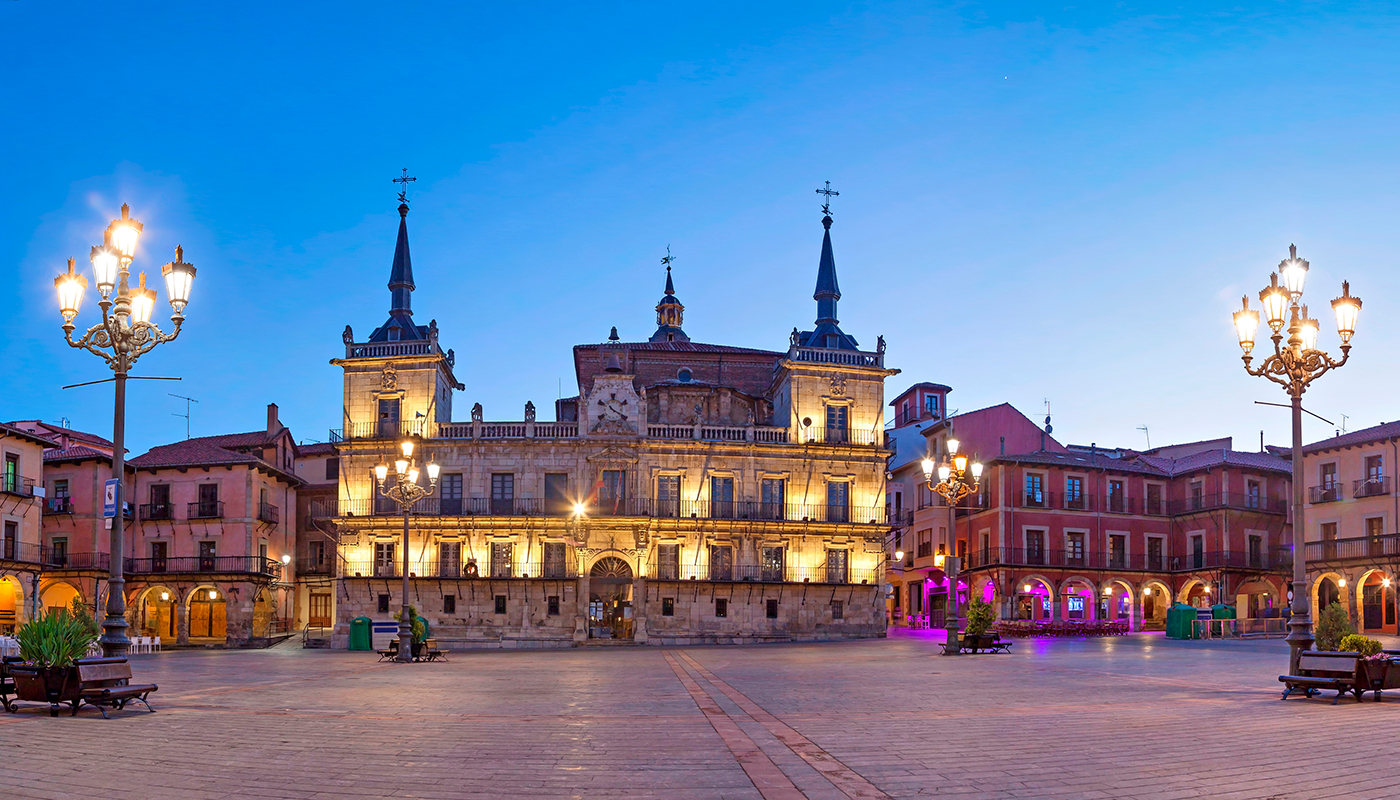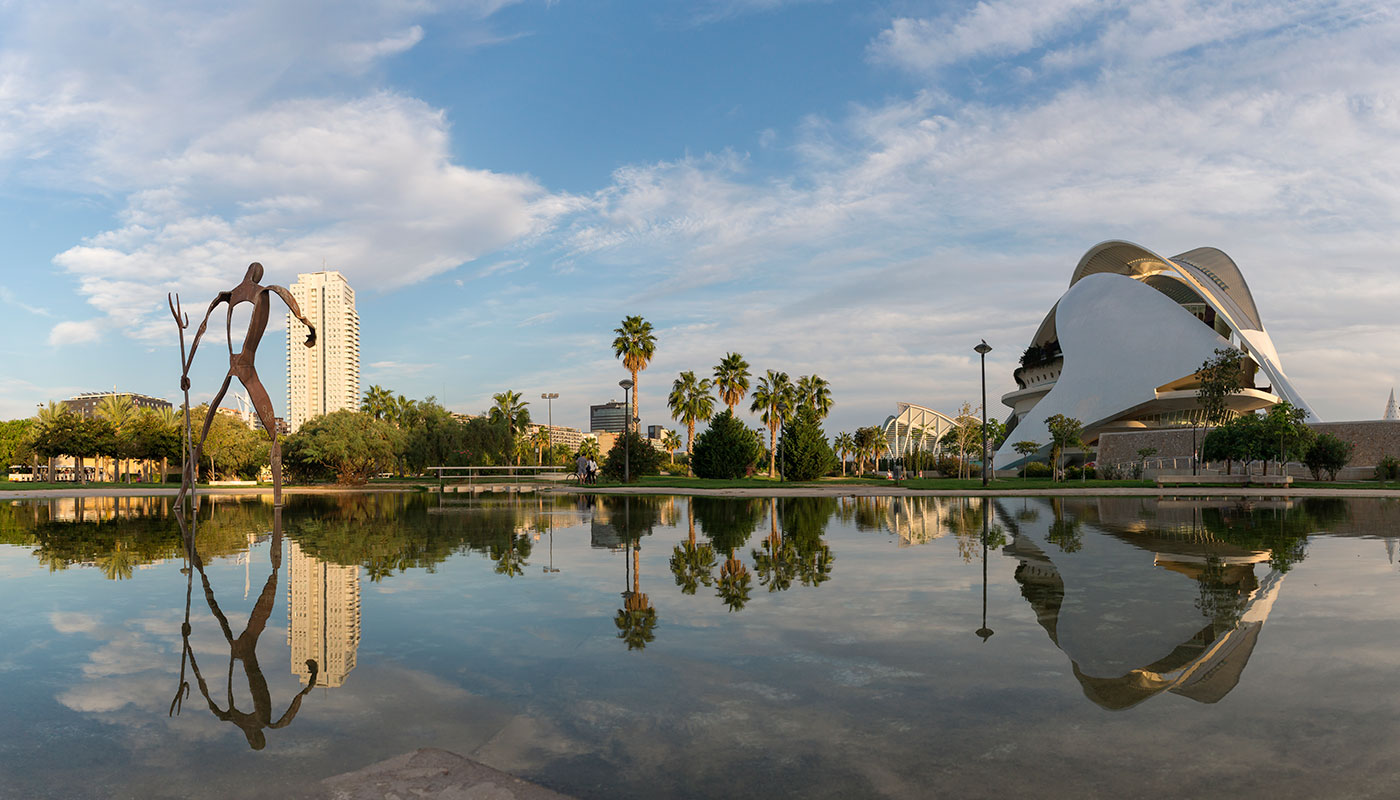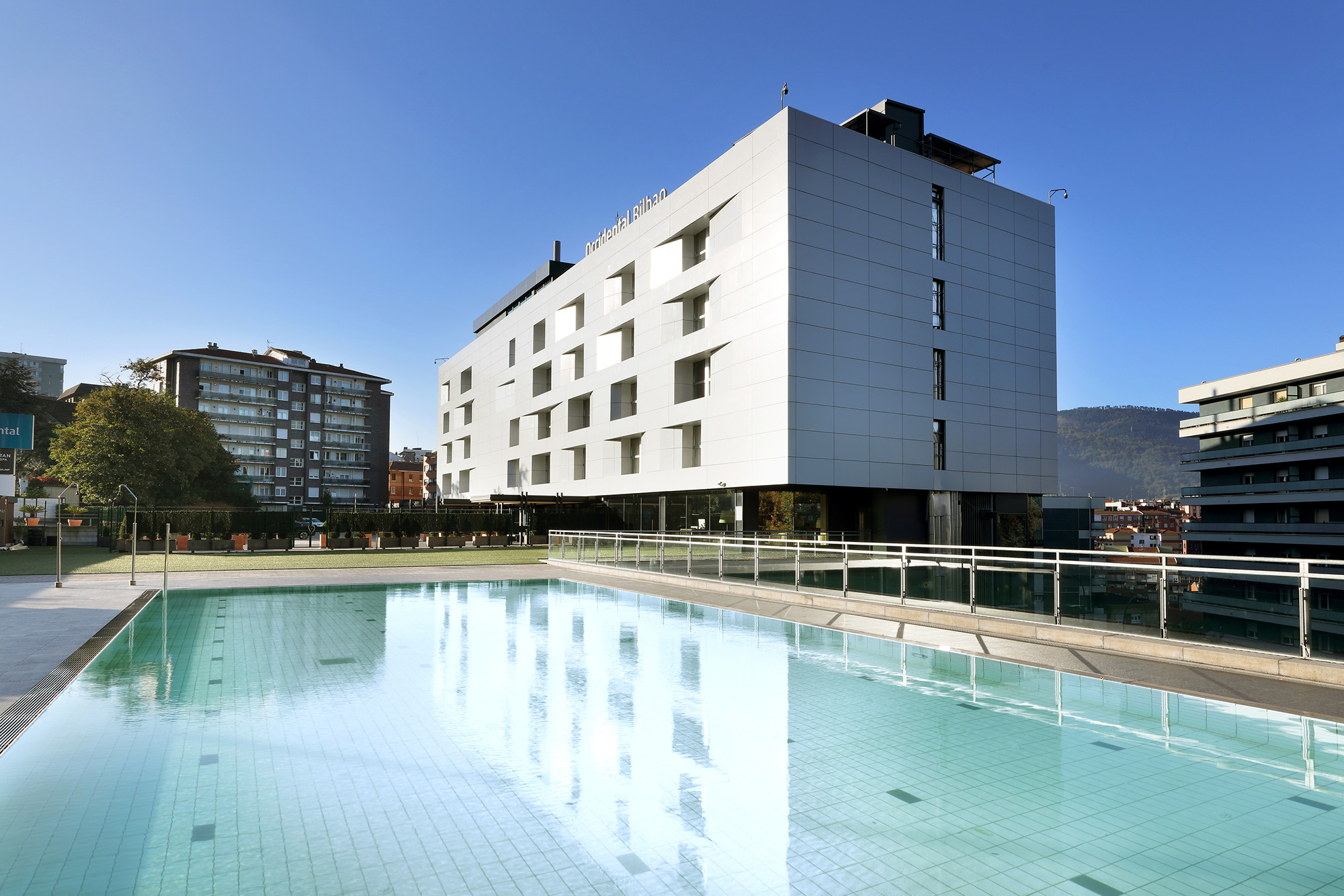Located at the mouth of the Bilbao estuary, specifically on the left bank, Portugalete is a beautiful fishing village famous for the Hanging Bridge or Vizcaya Bridge that connects it to the town of Getxo and which has been declared a World Heritage Site by UNESCO. It is an iron bridge designed by Alberto Palacio y Elissague that was inaugurated in 1893 in a display of civil engineering.
You should stroll through the historic centre of Portugalete, with its narrow, steep streets that speak of its medieval origins. Among its heritage monuments, you should see the iconic Salazar Tower from the 14th century and the Basilica of Saint Mary, a Gothic-Renaissance temple that preserves a magnificent main altarpiece sculpted in wood.
Portugalete has a great cultural offering since it has held the International Folklore Festival for over 40 years, coinciding with the festivities of Saint James and attracting dancers from all over the world.
Vizcaya Bridge or Hanging Bridge
The importance of Portugalete’s Hanging Bridge or Vizcaya Bridge is that it was the first ferry bridge built in the world with a metal structure. It is located at the mouth of the river Ibaizabal, on the final stretch of the Bilbao estuary, and in 2006 it was declared a World Heritage Site by UNESCO for being one of the most significant constructions of the European Industrial Revolution and of iron architecture. They say that this bridge is ‘a dream in rolled iron’. It is worth climbing up to the upper walkway of the bridge, located 45 metres high, and seeing the beautiful view of the Bilbao estuary.

Old quarter of Portugalete
Strolling through the historic centre of Portugalete (Bilbao) is like going back in time to the Middle Ages. Its narrow, steep streets are, along with Vizkaya Bridge, the main tourist attraction of this fishing village that has managed to maintain the essence of the past. The main attractions in the old quarter are Saint Mary’s Basilica in Gothic-Renaissance style and the Salazar Tower, built in 1379 and belonging to a well-known family from Vizcaya. It is also worth visiting Saint Clare’s Convent, with its Renaissance-Plateresque bell tower, and enjoying the numerous small palaces that the Bilbao bourgeoisie built in the historic centre of Portugalete at the turn of the 20th century.

Where to eat in Portugalete
It is very easy to eat well in Portugalete since its charming nature and heritage are supplemented by excellent gourmet products and traditional recipes that are very tasty and suitable for the most demanding palates. Some of the best restaurants in Portugalete are as follows: El Txangurro (address: Gregorio Uzquiano, 12), El Abra (address: Doña María Díaz de Haro, 6), Casa Vicente (address: Salcedo, 3), Las Tablas (address: Gregorio Uzquiano, 17), Txiki (address: El Solar Plaza, 5) and El Hule (address: Víctor Chavarri, 13).
Things to see near Portugalete
Also known as ‘Portu’ or ‘Villa jarrillera’, after the name of the clay jugs used to serve txakoli wine, Portugalete has many tourist attractions nearby that are worth enjoying on a getaway. Some of the must-sees are as follows:
Getxo
Located 20 kilometres from the centre of Bilbao and bathed by the waters of the Bay of Biscay, Getxo is located among a landscape of beaches and cliffs. Famous for Vizkaya Bridge, it is a beautiful municipality comprising Areeta-Las Arenas, Algorta, Andra Mari, Neguri and Romo. Getxo is also one of the culinary centres of Bizkaia, with a multitude of bars in the Old Port where you can eat some of its popular pintxos. Its diverse neighbourhoods and beautiful spots extend over an area of 11 square kilometres. From Galea to the Aixerrota Mill, there is a delightful cliff route.

Orozko
Surrounded by mountains, forests, caves, farmhouses and streams, this quiet municipality is crossed by the rivers Altube and Arnauri. One of its most iconic buildings is the Aranguren palace-tower from the 16th century and with Gothic and Renaissance elements. In addition to the churches of Saint Bartholomew of Olarte and Saint Peter of Murueta, it is worth visiting the Ethnographic Museum located in the Legorburu Palace House. If you have time, you should also go to Gorbeia Natural Park.
Mungia
With 17,000 inhabitants, this beautiful town has some architectural gems that are worth visiting such as the old Torrebillela tower house of medieval origin, which currently has the House of Culture. Its Concord Fountain is a tribute to agreement and dialogue. Mungia has numerous farmhouses in its neighbourhoods and some date back to the 16th and 18th centuries such as Landetxo Goikoa, considered the oldest farmhouse in Bizkaia. It also has two Romanesque bridges and water mills that are worth visiting.
Balmaseda
Witness to the passage of pilgrims and merchants, Balmaseda has a great medieval and railway legacy. In addition, its natural surroundings, dotted with mountains, forests and rivers, offer the possibility of enjoying numerous outdoor activities. Among its heritage monuments, the churches of Saint Severinus, from the 15th century, and Saint John, a Gothic temple located on the left bank of the river Kadagua, stand out. Also worth visiting are Saint Clare’s Convent and the Palaces of Urrutia and Horcasitas plus the Old Bridge or La Muza Bridge, with its tower.








